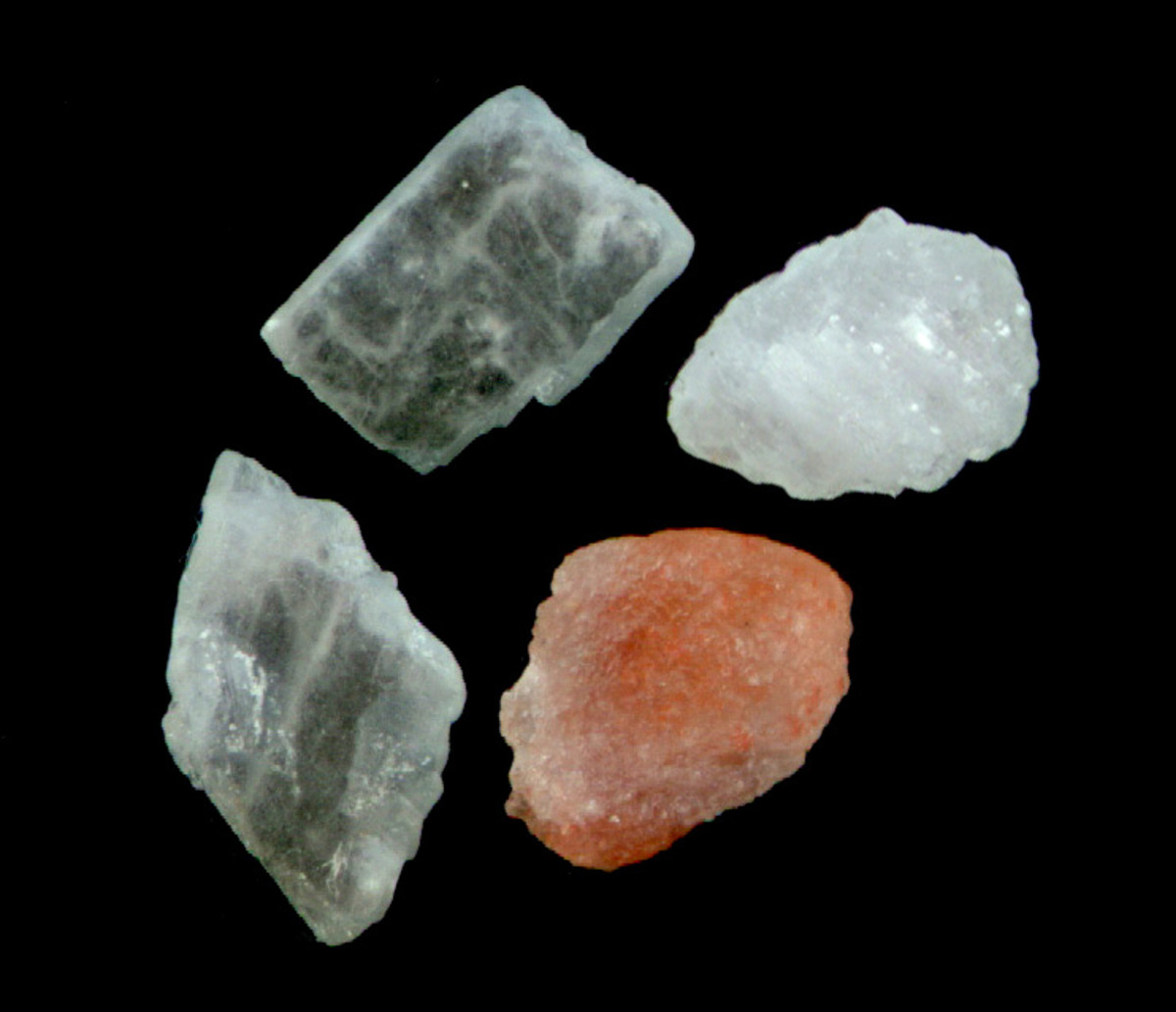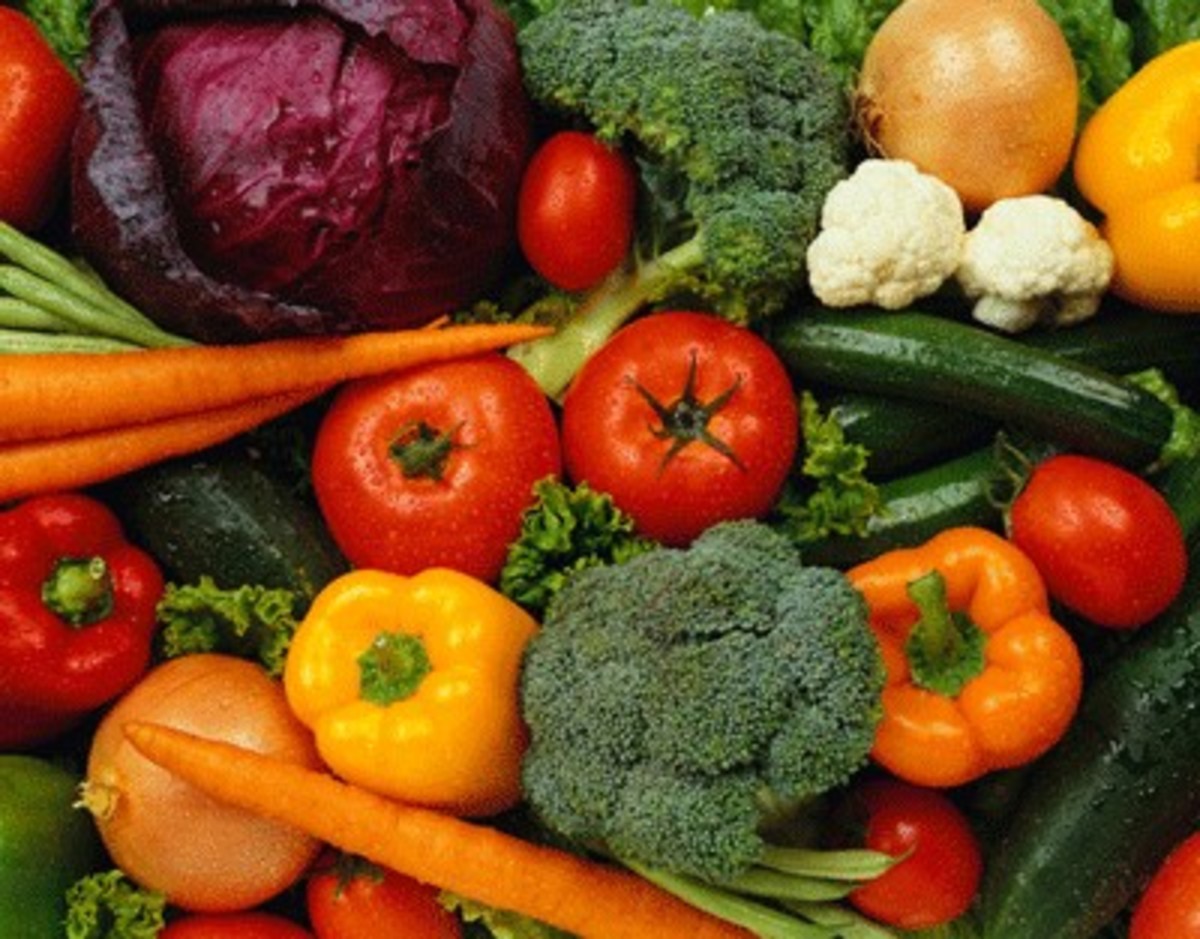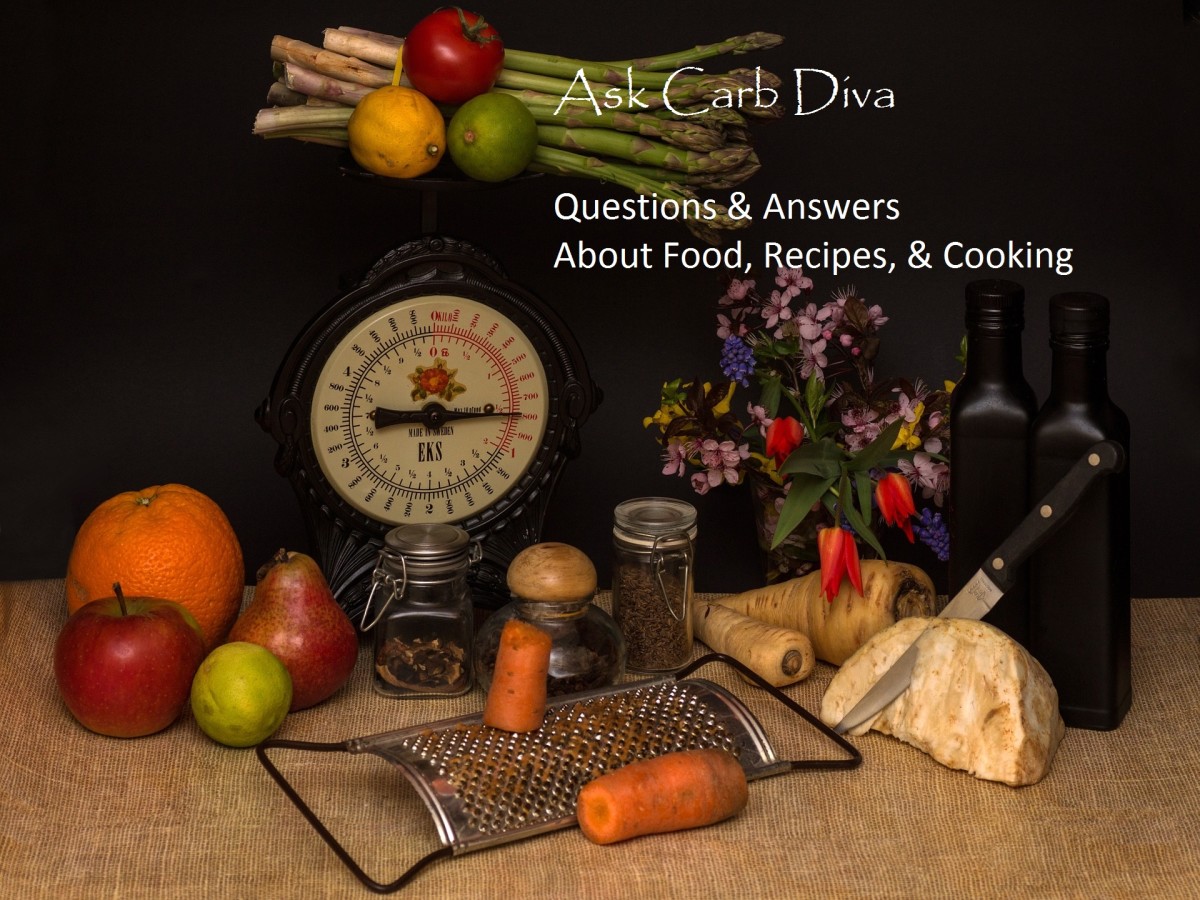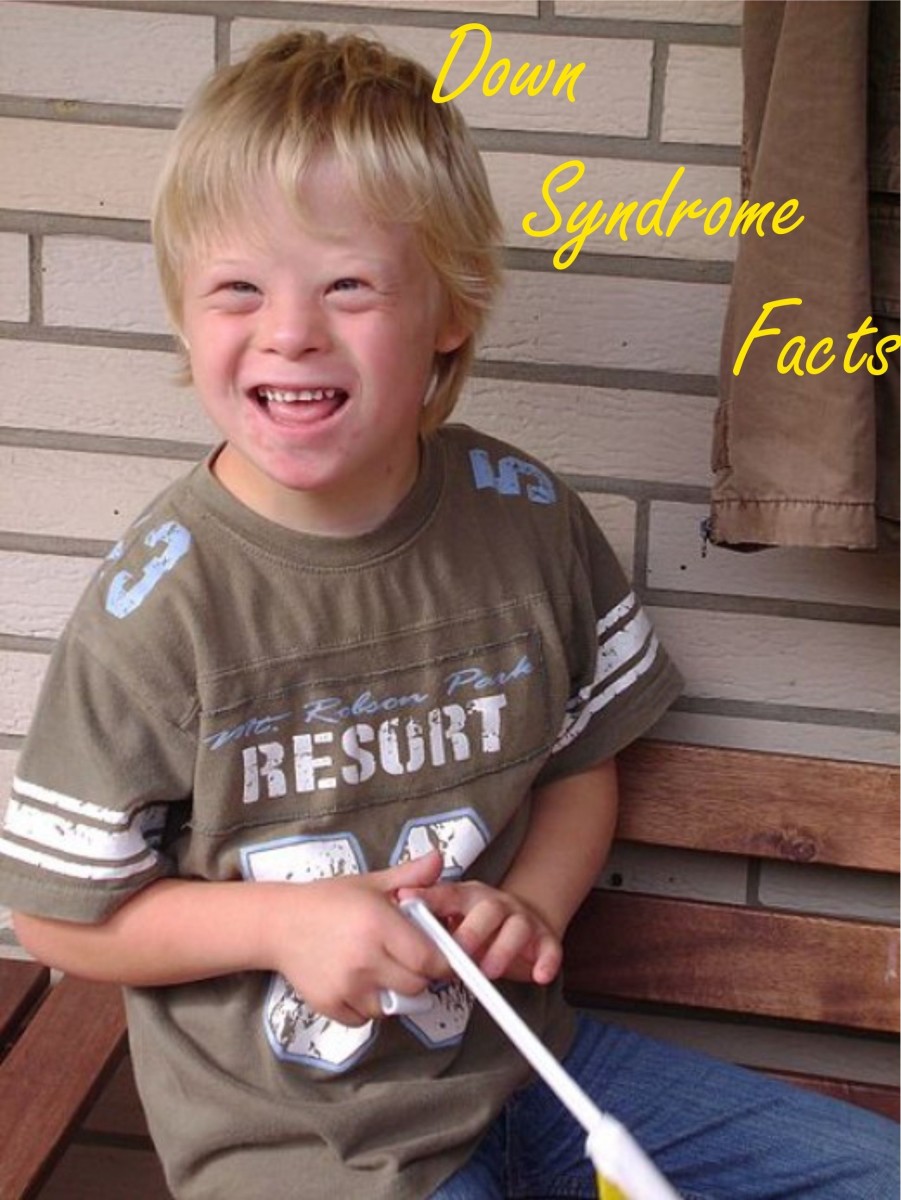Kids Are Eating Too Much Salt
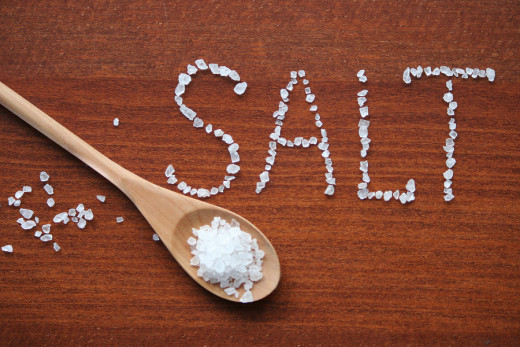
Once again, it is being reported that children are eating too much salt. In a report released by the CDC, it was recently identified that children are eating way too much salt. More than 90% of children ages 6 to 18 reportedly eat more sodium than the daily recommended amount. This excessive consumption of salt is identified as attributing to the increase of cases of high blood pressure that we are now seeing in children. Increased blood pressure in children can increase the risk for other health conditions including obesity and metabolic disorder.

Sources of Sodium Intake for Children
What's causing the increased salt intake? Are children adding that much salt to their meals?
Interestingly enough, in a 2009-2010 National Health and Nutrition Examination Survey, CDC researchers identified that approximately 43 percent of sodium eaten by children is a result of their diet.
The top ten most common foods that were identified as being a culprit of high sodium intake for children included:
- Pizza
- Bread and rolls
- Cold cuts
- Snacks
- Sandwiches
- Cheese
- Chicken nuggets/patties/tenders
- Ready-made Pasta dishes
- Mexican dishes
- Soups
Ideally, according to the 2010 Dietary Guidelines for Americans, it is recommended that children should take in no more than than 2,300 mg per day total. Instead, many are consuming 3300 mg of sodium per day and that is before they are adding more salt. Simply stated, a reduction in sodium intake will decrease the risk for blood pressure as well as reduce the risk for additional health conditions such as obesity and cardiovascular events.

What Can Parents Do?
It is only natural that children would want to add salt to their meals. After all, salt tends to "make things taste a little better." So the question becomes...what can parents do to decrease sodium intake? The CDC recommends taking the following steps:
- Read food labels
- Encourage a diet that is high in fruits and vegetables as opposed to processed foods
- Decrease/limit the addition of sodium to meals
- Choose foods that are low in sodium
- Decrease fast food consumption as 13 percent of sodium in children's diets come from fast food and pizza restaurants and 9 percent comes from school cafeteria food
- Foods that are high in salt are also commonly high in fat. Therefore, it is recommended that there is an increase of physical activity to combat other conditions such as obesity that may result in connection with increased salt intake
Source: cdc.gov
© 2014 Mahogany Speaks

